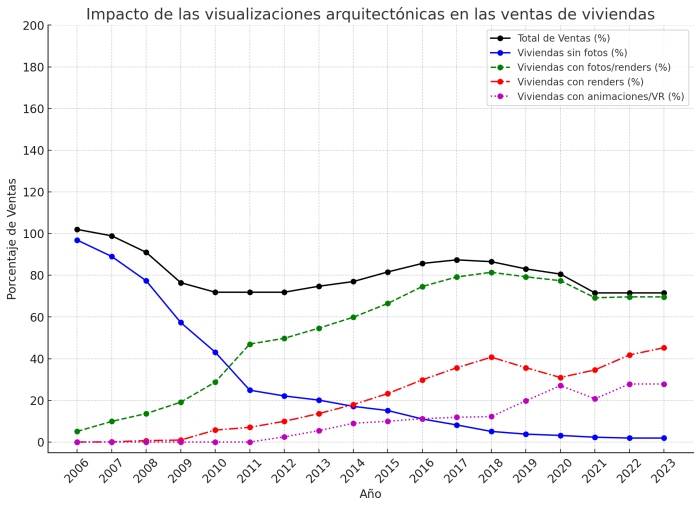
WDCA | The Impact of 3D Visualization on the Design Industry
3D visualization has transformed the way projects are conceived, designed, and presented across various industries, especially in interior design and architecture. Thanks to three-dimensional modeling tools, designers can create realistic representations of spaces before any physical changes are made. This not only optimizes the design process but also enhances communication with clients and other professionals involved. In this article, we will explore the impact of 3D visualization on the design industry and how it has changed the way projects are executed.
Optimization of the Design Process and Decision-Making
3D visualization allows designers to present their ideas clearly and effectively, eliminating misunderstandings that may arise from verbal descriptions or 2D plans. Images and virtual tours provide a visual representation that helps clients better understand the concept and make informed decisions. Additionally, this technology facilitates the exploration of different styles and configurations, allowing real-time adjustments based on the client’s preferences. In the construction field, 3D visualization also helps identify and resolve potential issues before physical work begins, saving time and resources.
3D visualization has evolved alongside technology, enabling the integration of augmented reality (AR) and virtual reality (VR) into design processes. These innovations not only offer immersive experiences but also allow clients to “walk” through their future spaces, creating a deeper connection with the design. As technology advances, it is likely that 3D visualization will continue to play a crucial role in the design industry, increasing efficiency and customer satisfaction.

Common Questions:
• What benefits does 3D visualization offer in interior design? It provides a realistic representation of spaces, improves communication, and facilitates decision-making.
• How has 3D visualization technology evolved in recent years? It has incorporated tools like augmented reality and virtual reality, offering more immersive experiences.
• What software is commonly used to create 3D visualizations? Programs such as SketchUp, 3ds Max, and Revit are popular in the industry.
• How does 3D visualization help prevent design errors? It allows for the identification of potential problems before construction, saving time and costs.
• How can designers use 3D visualization to engage clients? By creating virtual tours that allow clients to explore and experience spaces before construction begins.

Conclusion: In summary, 3D visualization has revolutionized the design industry, offering designers and clients a powerful tool to create, communicate, and refine projects with greater accuracy and efficiency. By providing realistic representations, fostering collaboration, and enabling the integration of emerging technologies like AR and VR, 3D visualization enhances the overall design process and leads to better decision-making. As this technology continues to evolve, its impact on design will only grow, offering even more innovative ways to envision and bring creative ideas to life.
Projects: https://wd-ca.com/projects